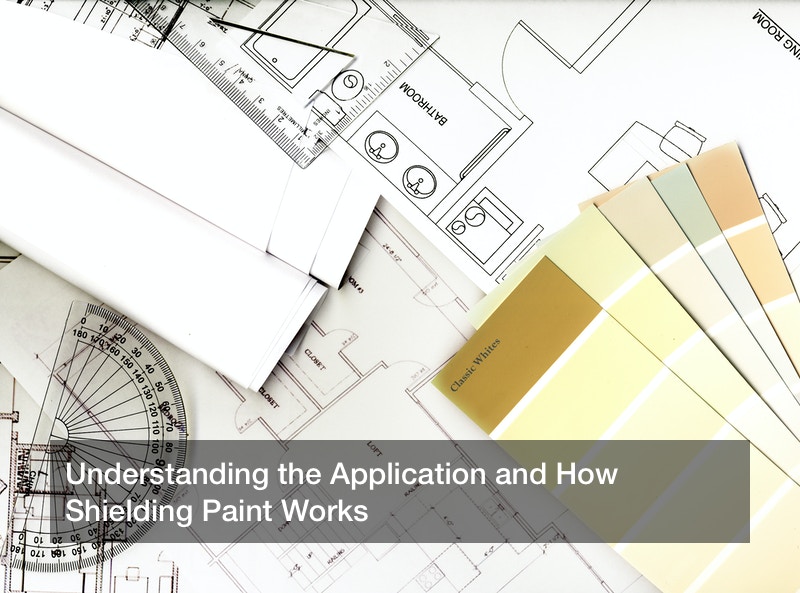
Do you know what is shielding paint and how does shielding paint work? Conductive and electromagnetic field shielding paints are exactly what their name suggests; they are a special type of paint that shields against high-frequency electromagnetic fields and radiations and low frequencies electrical fields. The EMF protection paint can be applied like regular paint on primed wood, walls, floors and ceilings.
Why You Should Consider EMF Protection Paint
If you’re looking to protect your home or business from harmful electromagnetic fields, EMR shielding paints are effective than using metals or other filters to block out radiations. They block out most of these harmful elements produced electric charges from different sources such as power lines, telecommunication booster and other machines. Another reason why you should use protective paints is that they are eco-friendly and most of them are made from non-toxic solvents and plasticizer with no irritating odor.
How Does Shielding Paint Work
To start with, the question should read, does shielding paint really work? And the answer is yes! It has been proved time and again that EMF paint functions perfectly in blocking harmful radiations and magnetic fields. In fact, experts say that a good EMF protection paint prevents 99.0% of the radiation of up to 18 GHz. This should cover any device or appliance you might have in your home or office including transmission power lines, television, cell phone, and wifi signals.
Some EMF paints, however, will block out even network from the outside and therefore you should be aware of this when choosing protection paint.
How to Apply EMF Shielding Paint
Understanding how does shielding paint work is essential when it comes to applying the paint. This is not your regular wall or floor paint though the application process is pretty much the same. The first thing to do is to ensure the surface is clean, then prime the wall if it’s not already primed.
After the primer is completely dry, use a quality paint roller and apply a layer of shielding paint with equal thickness. To do this, let the paint roller or brush soak with enough paint and try to coat a uniform surface. Coating uneven surfaces will cause the paint not to dry properly. You are recommended to coat a single layer first and leave it to dry, then apply the second layer and finally you can coat a regular paint.
Multiple coats will help protect the shielding paint from mechanical damage and humidity. A good example of a protective layer is a plastic bonded dispersion emulsion paint. Avoid using pure mineral paints made with silicate, loam, and clay.
The most ideal areas for applying shielding paint are interior walls and ceilings though some options are also designed for exterior and floor applications. Remember that unlike many regular paints that have to be mixed before applying, the shielding paint is readily applicable once you open the container. For best results, don’t mix it with anything including water.
